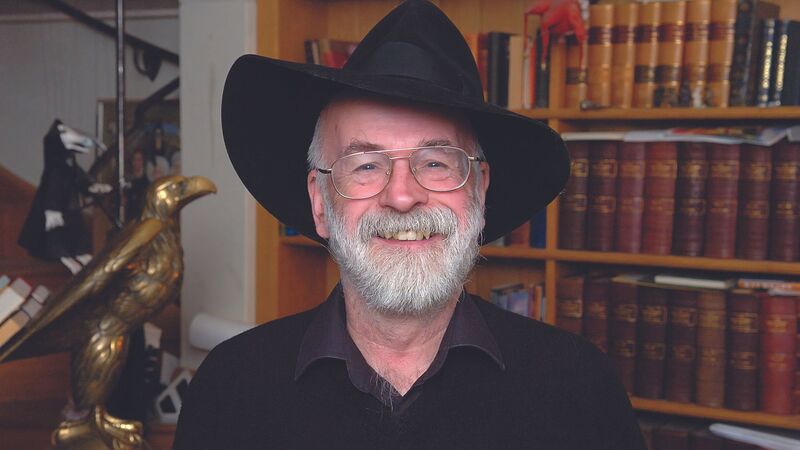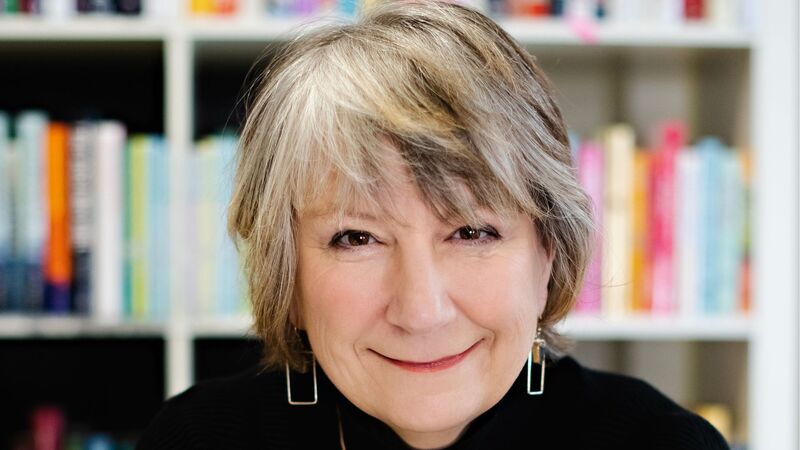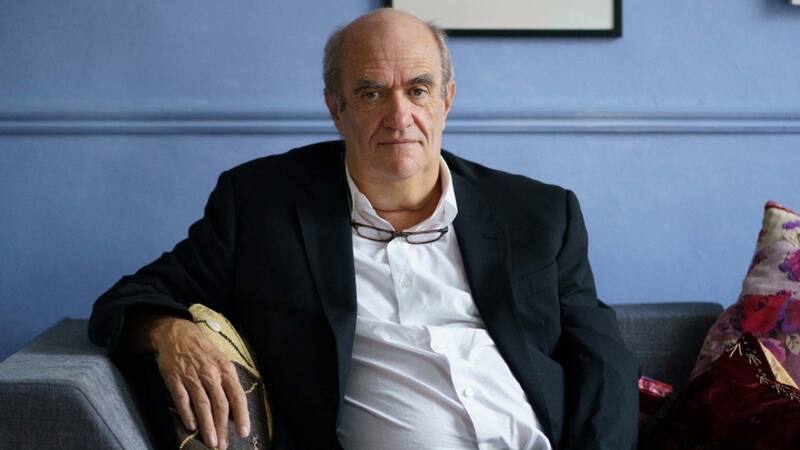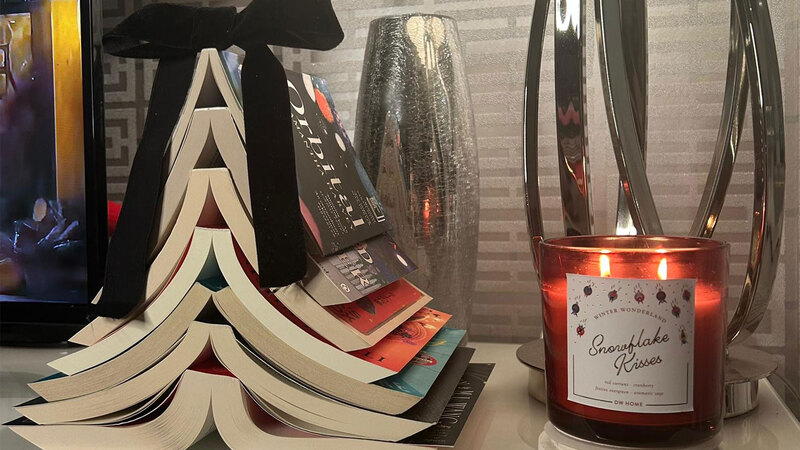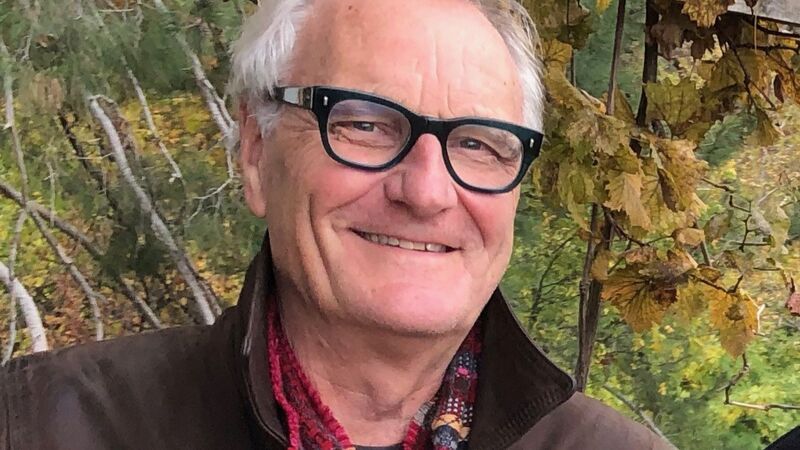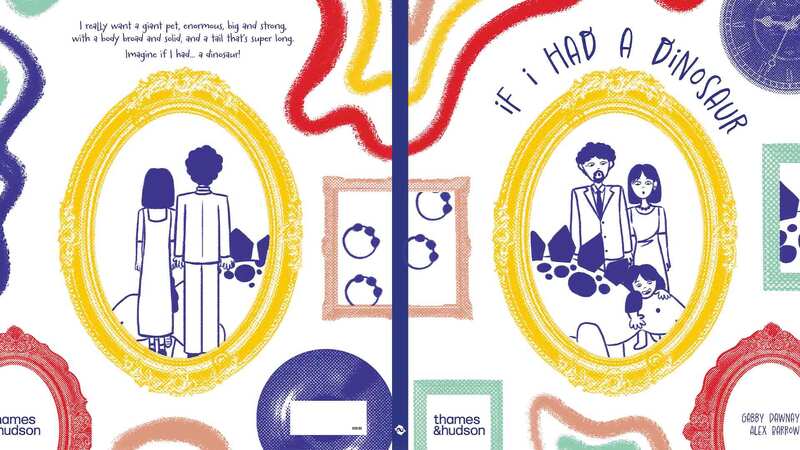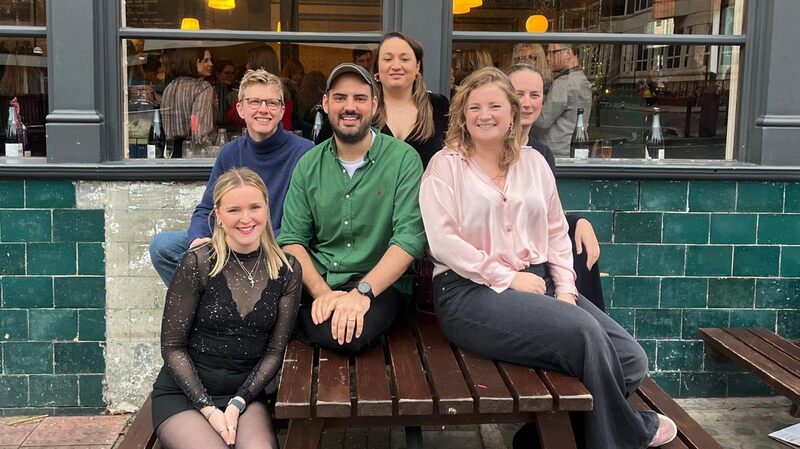You are viewing your 1 free article this month. Login to read more articles.
The backlist bonus
It’s time that literary estates learned from the children’s trade and put their considerable classic backlists to work.
My favourite part of the Penguin sales conferences was always when the remarkable Puffin team took to the stage. Most people outside publishing probably assume that working with children’s books is rather cosy and fluffy—cuddly, even. Not very serious stuff. They couldn’t be more wrong. It’s big business. Huge. Every single year, within seconds of the presentation beginning, my jaw would drop as we were all left in no doubt about what a professional juggernaut—and financial gold mine—it is being responsible for IP such as Spot the Dog and The Very Hungry Caterpillar. Though I think my favourite moment was the year it was mentioned that Nissan, I think it was, was potentially producing a Peter Rabbit-themed car for the Japanese market... For decades, children’s publishers have been ahead of the game regarding IP, exploiting every angle possible. However, as Johanna Thomas-Corr suggested in a recent piece about literary estates in the Times, maybe it’s time that adult trade publishing caught up?
As ever, we’re all madly chasing the next big thing. Who or what is going to be the next Fifty Shades of Grey, The Da Vinci Code or, most recently, The Thursday Murder Club? That buzzy book that everyone buys, even if they don’t often buy books. The book that can transform the bottom line of any publisher. But are we underserving the books that truly keep the lights on? The books that earned out their advances years, if not lifetimes, ago and keep on selling, year in, year out. The backlist—the classics? If we could boost the sales of all those old faithfuls by a few percentage points, reaching new markets and new audiences, what would that mean for sustainable growth?
What if, instead of endlessly chasing the new and shiny, we made more of what we already have? As David Shelley, chief executive of Hachette UK and Hachette Book Group US, put it, in conversation with Publishing Perspectives editor-in-chief Porter Anderson at the 2024 Frankfurt Book Fair, maybe we should be pivoting to focus more on the author than each particular book.
Anyone who pays close attention to the quarterly spreadsheets knows the value of classics lists, such as those at Penguin and Vintage, or the big name estates, such as Christie, Tolkien, Mitford, Fleming, Wodehouse and du Maurier, with John le Carré and Hilary Mantel boding well to join their ranks long-term. But what are we doing about finding new audiences for these books, and new ways of reaching them? Is it enough or are we being too complacent?
What if, instead of endlessly chasing the new and shiny, we made more of what we already have?
Once upon a time, you waited for a TV or film adaptation, slapped on a tie-in cover, and the sales would come rolling in. But while content is still being gobbled up at an alarming rate, streaming has undercut any sense of “event” viewing, so the sales are nothing like they were 20 years ago, even though there are exceptions. There’ll be a sales bump, but not a huge one in most cases. And yet, with e-books, audio and online sales, we’re no longer reliant on bookshops finding space for backlist titles on their shelves—the “long tail” is the best thing that could have happened to heritage lists and authors. And now we have readers discovering long-forgotten titles on TikTok too.
The adult trade publishers who are exploiting their IP best are the ones being clear sighted about who the readers are or could be, how they have changed, and, most importantly, where the gaps are. It’s not one-size-fits-all, but there are learnings that can be applied across the board. HarperCollins, for example, has demonstrated that there are a significant number of Tolkien readers out there with deep pockets who will spend several hundred quid on incredible luxury editions, but will, for example, a Wodehouse devotee follow suit? Everyman hits the sweet spot with their collectable but more comfortably priced Jeeves and Wooster hardbacks, however.
We should be asking ourselves: how does the Tolkien reader differ from the Wodehouse buff, the Mitford aficionado from the James Bond super-fan? Is there something for every kind of reader, every kind of fan? And is what they’re looking for a physical book, electronic or audio, or maybe even some other item? Laurence King had a massive hit with a Christie-themed jigsaw puzzle, for example. Would that work for other authors? Who are the potential readers and what do they want now? Luxe hardbacks? Omnibus editions? Digital shorts? Continuation novels or collections of stories? Spin-off series? Tote bags and notebooks? What children’s publishing does so well is continually seek out these new readers, in addition to tempting the existing ones into repeat buys. They also harness the power of generations, with older fans helping to indoctrinate new ones.
Audio in particular has shown itself to be a key player when it comes to heritage publishing—Georgette Heyer enthusiasts, going by the heated discussions on fan pages, are big audio consumers, so it was clearly an excellent move when PRH announced, in 2021, that it was re-recording 50 of her titles, but it’s never entirely smooth sailing, as you do have to make sure you get it absolutely right. God forbid you have a character mispronounce “point non plus”, say.
And yet, chances are these listeners already own physical copies of the books, but they love them so much that they’re only too pleased to purchase them again in a different format, which means you’re getting another bite at the apple—what’s not to like? Some publishers operate a “total audio” policy, but not all do, and they’re missing a trick when it comes to backlist. The overheads aren’t to be sneezed at, of course, but you’d never not have an audio version for a new publication, so why are there old favourites languishing, undiscovered by audio fans?
The bigger literary agencies are already paying ever closer attention to their backlist authors. Both Curtis Brown and PFD, for example, have dedicated heritage teams, with Becky Brown and Norah Perkins from Curtis Brown even sharing the award for Agent of the Year at this year’s Nibbies, despite the authors they represent being long dead. Trade publishers should be following suit, rather than letting their literary gems gather dust while we chase long odds on the next big thing. The reason these authors and their books are still so famous is that they were once the-next-big-thing themselves, and they still can be, with a little love.
Hervé will host at discussion on IP and backlist at The Bookseller’s FutureBook Conference on 25th November. For more details, thebookseller.com/events/futurebook-conference







